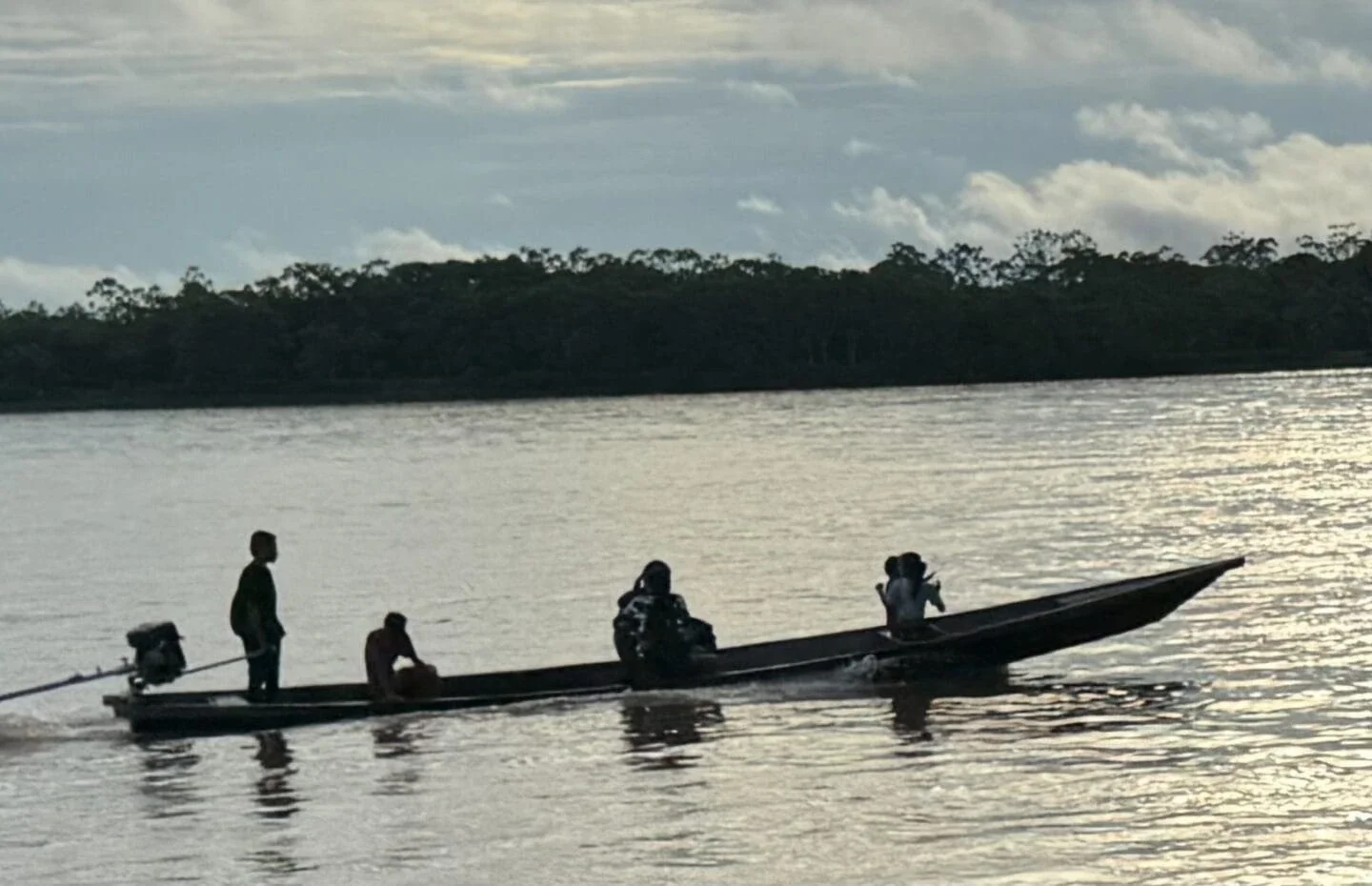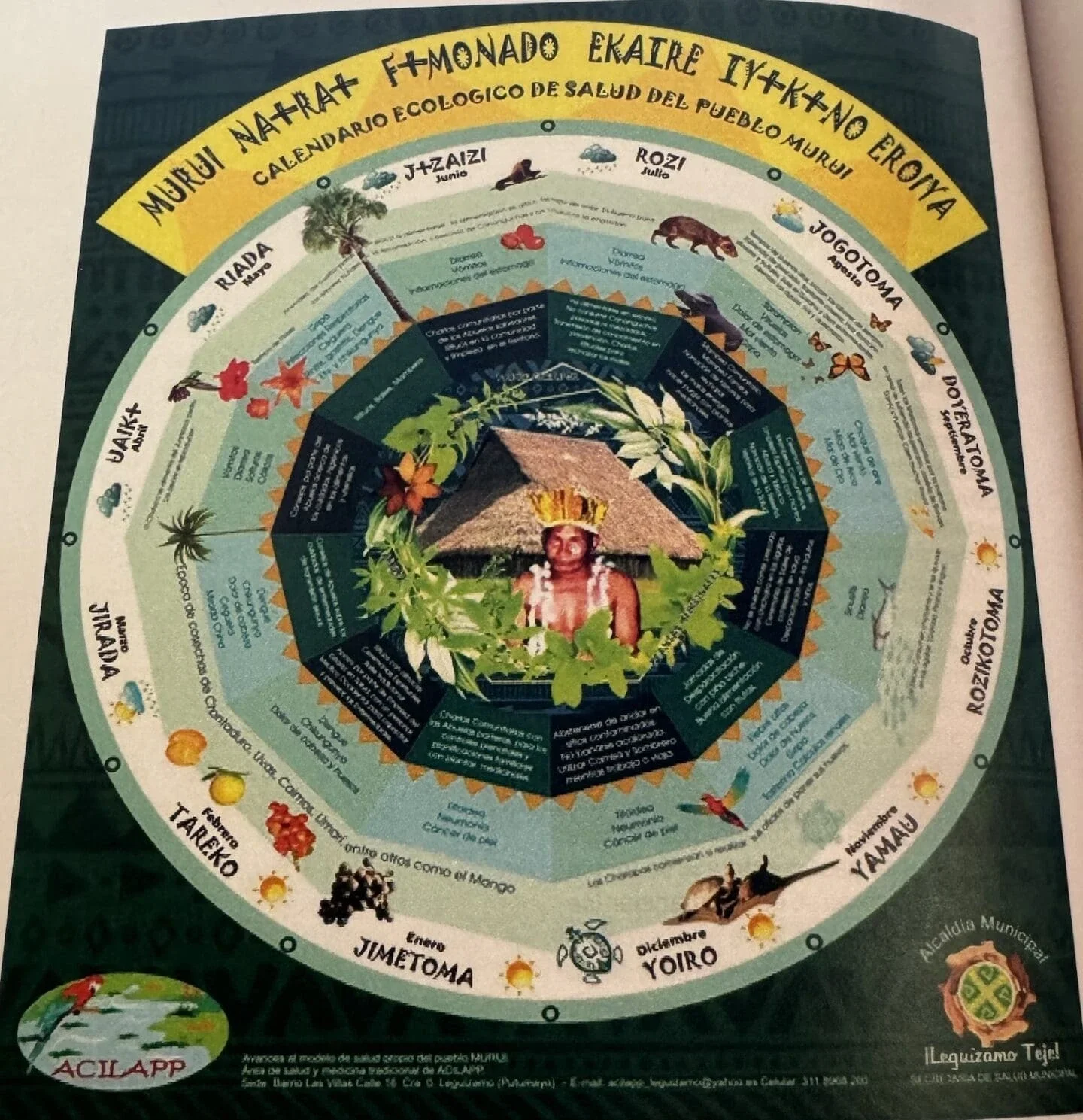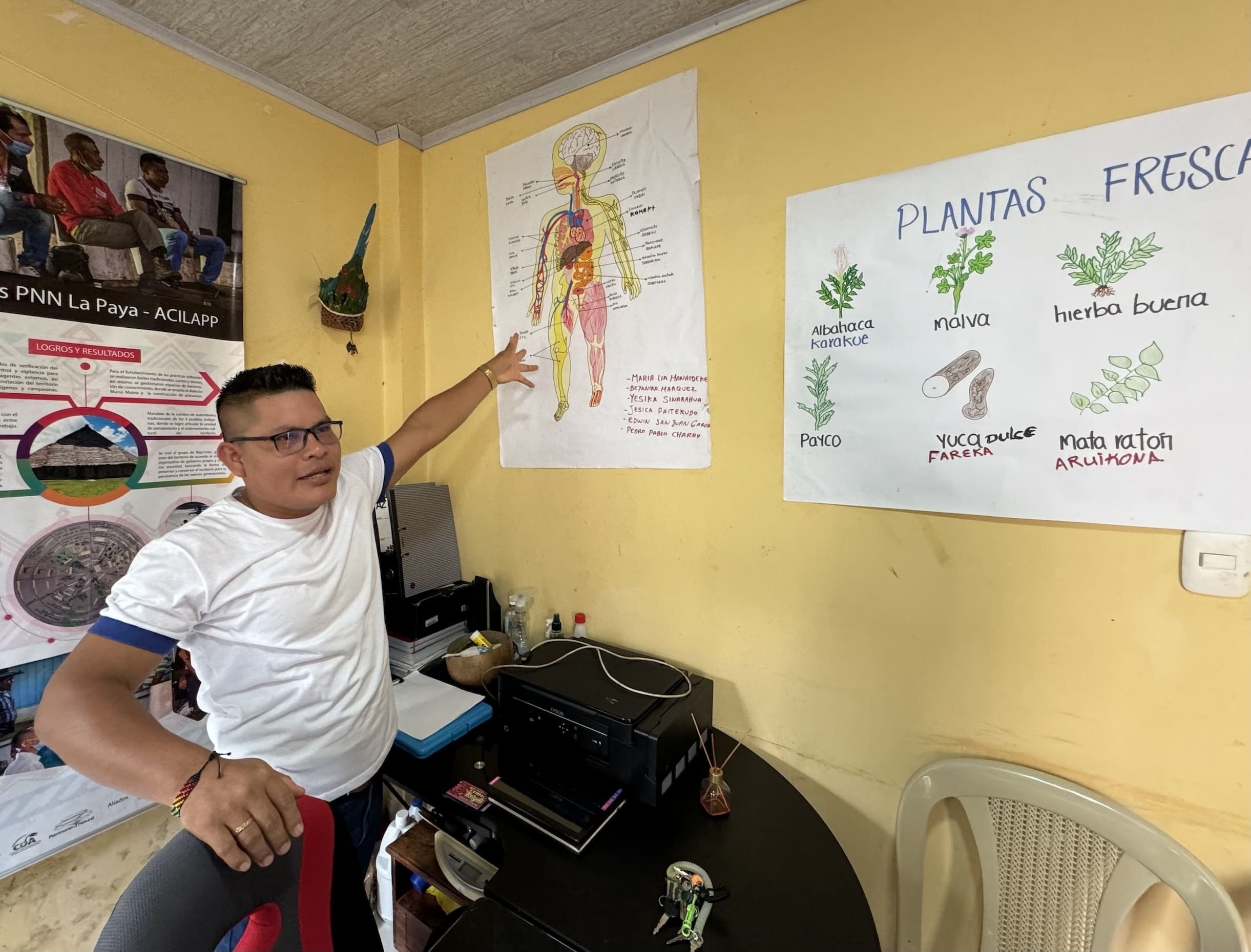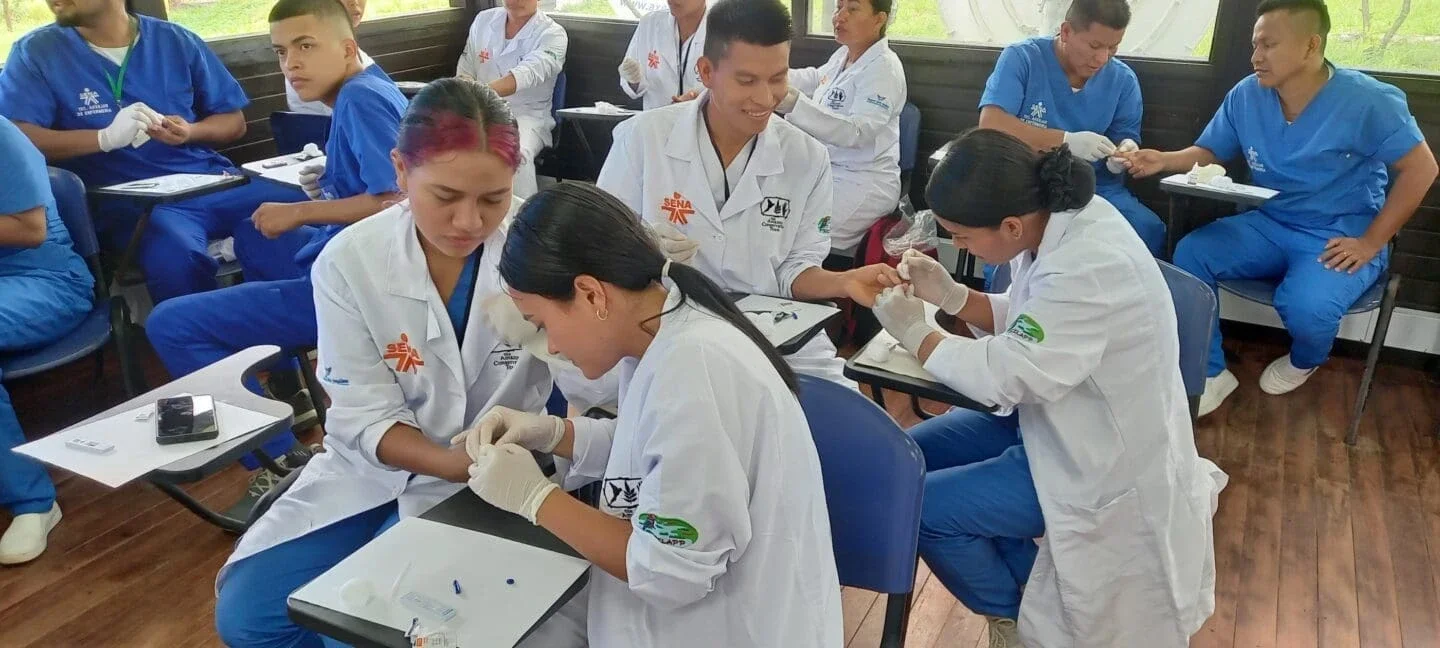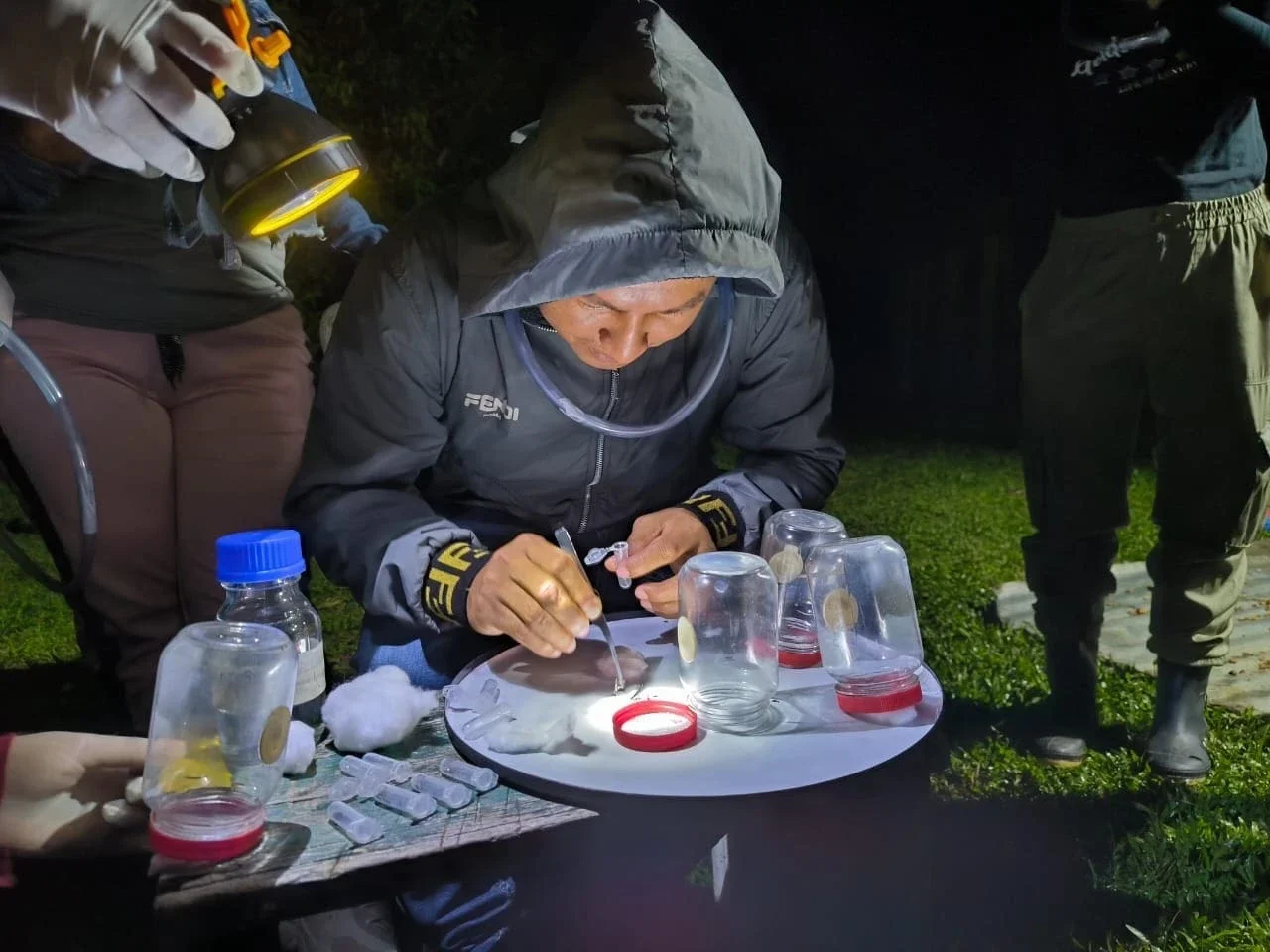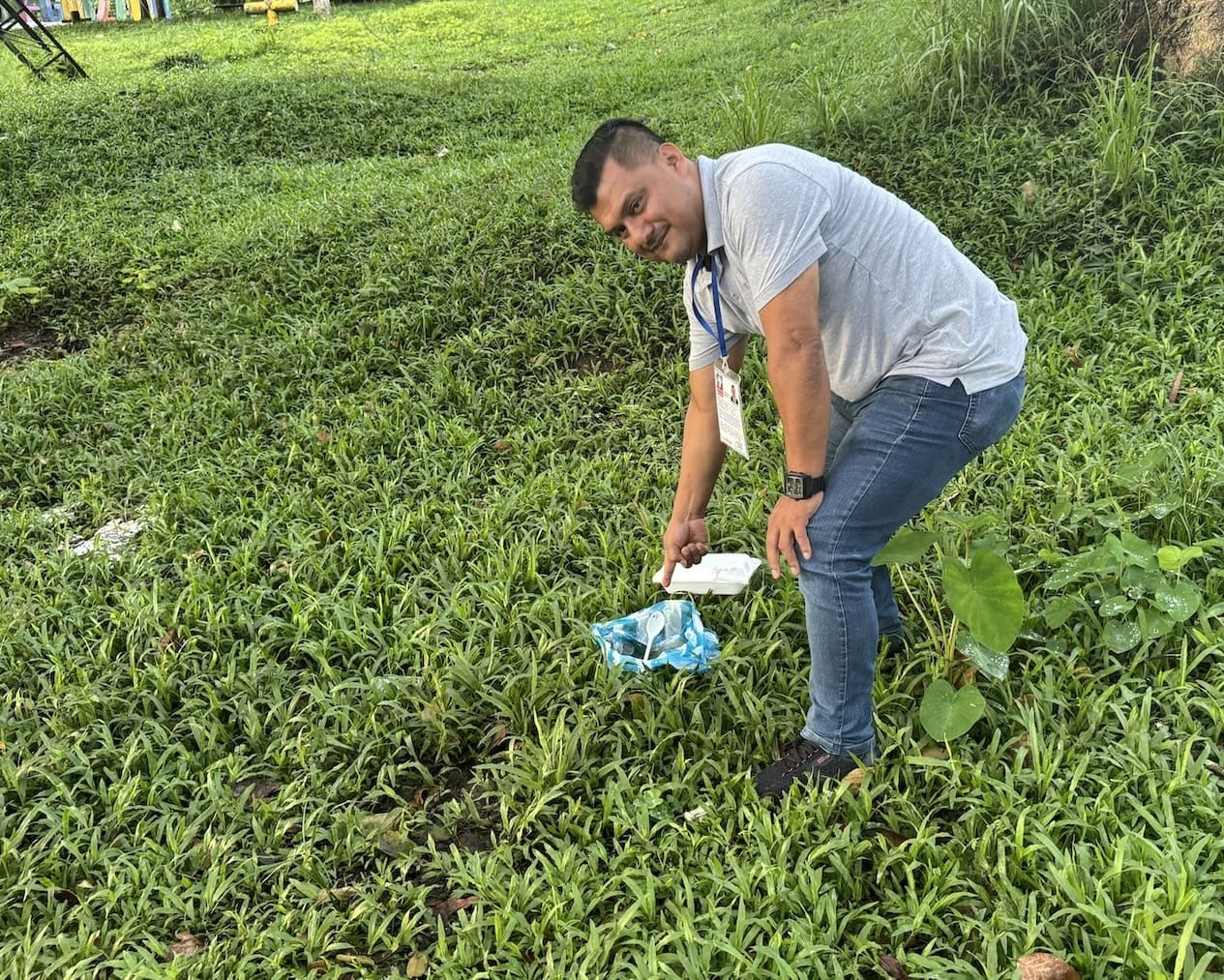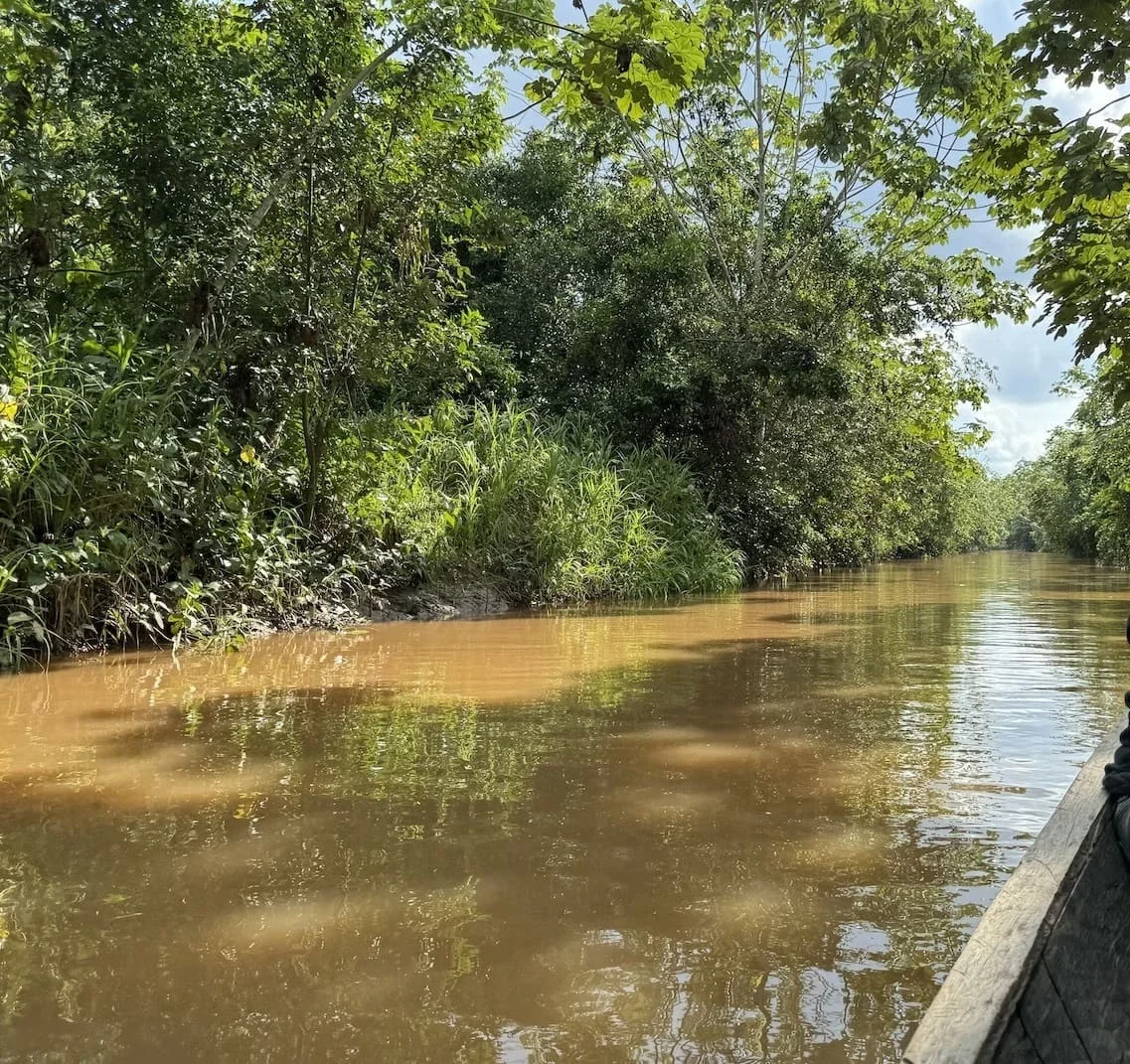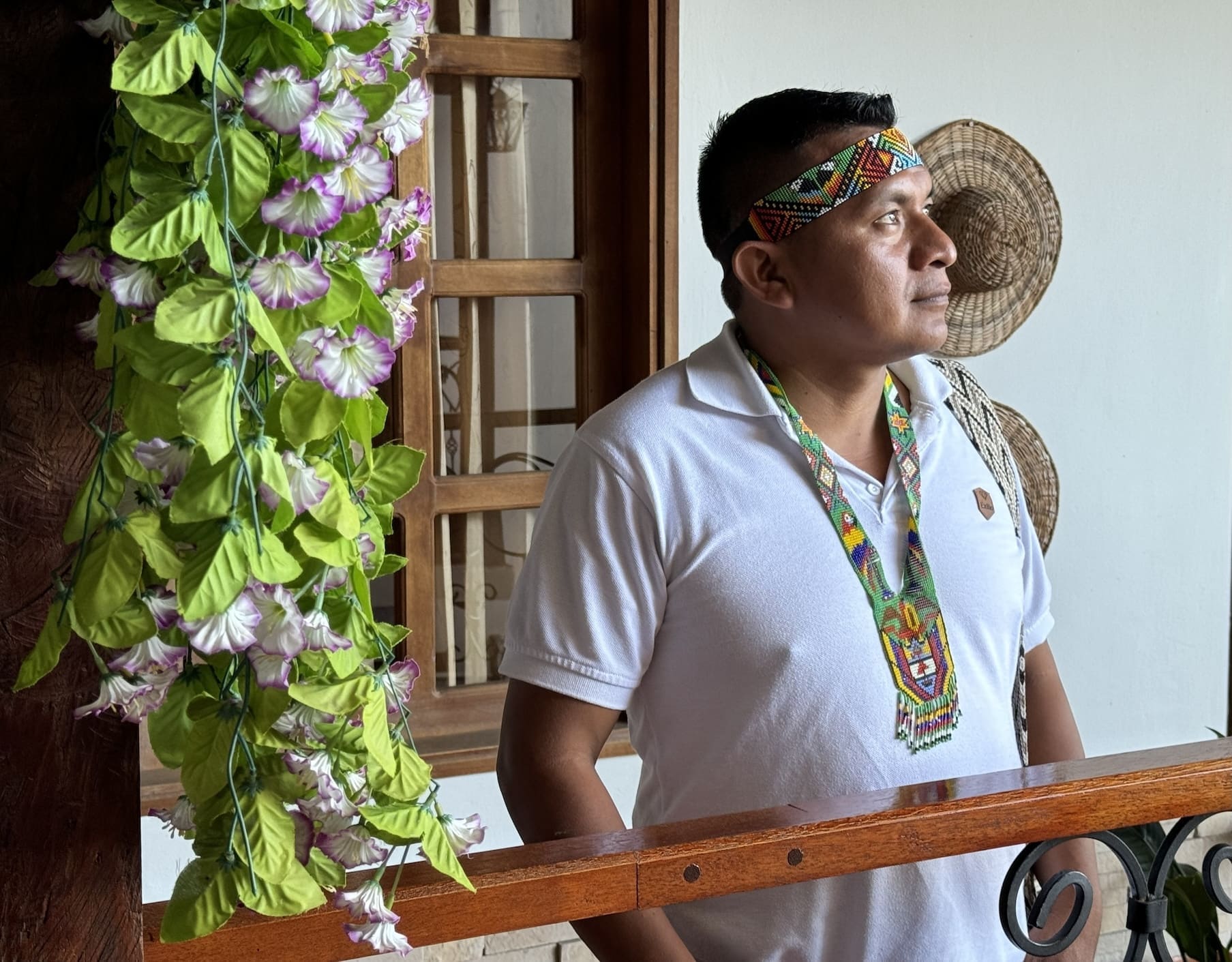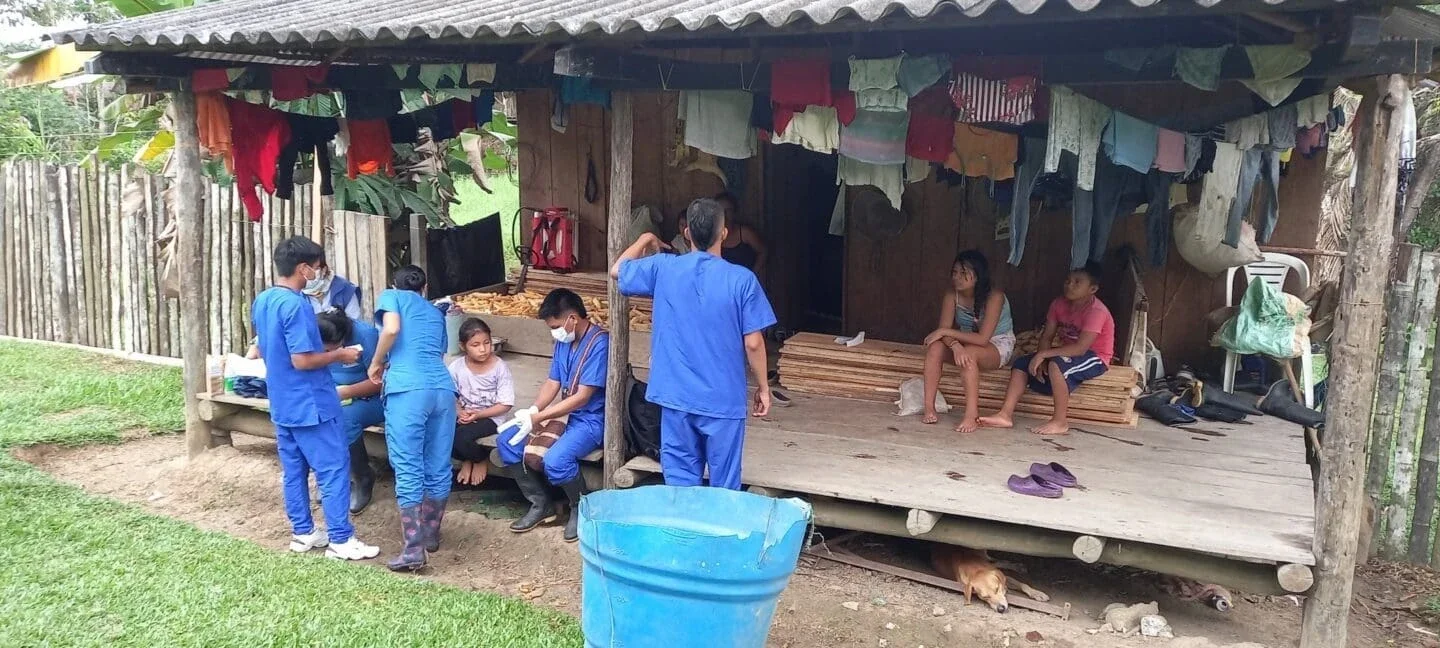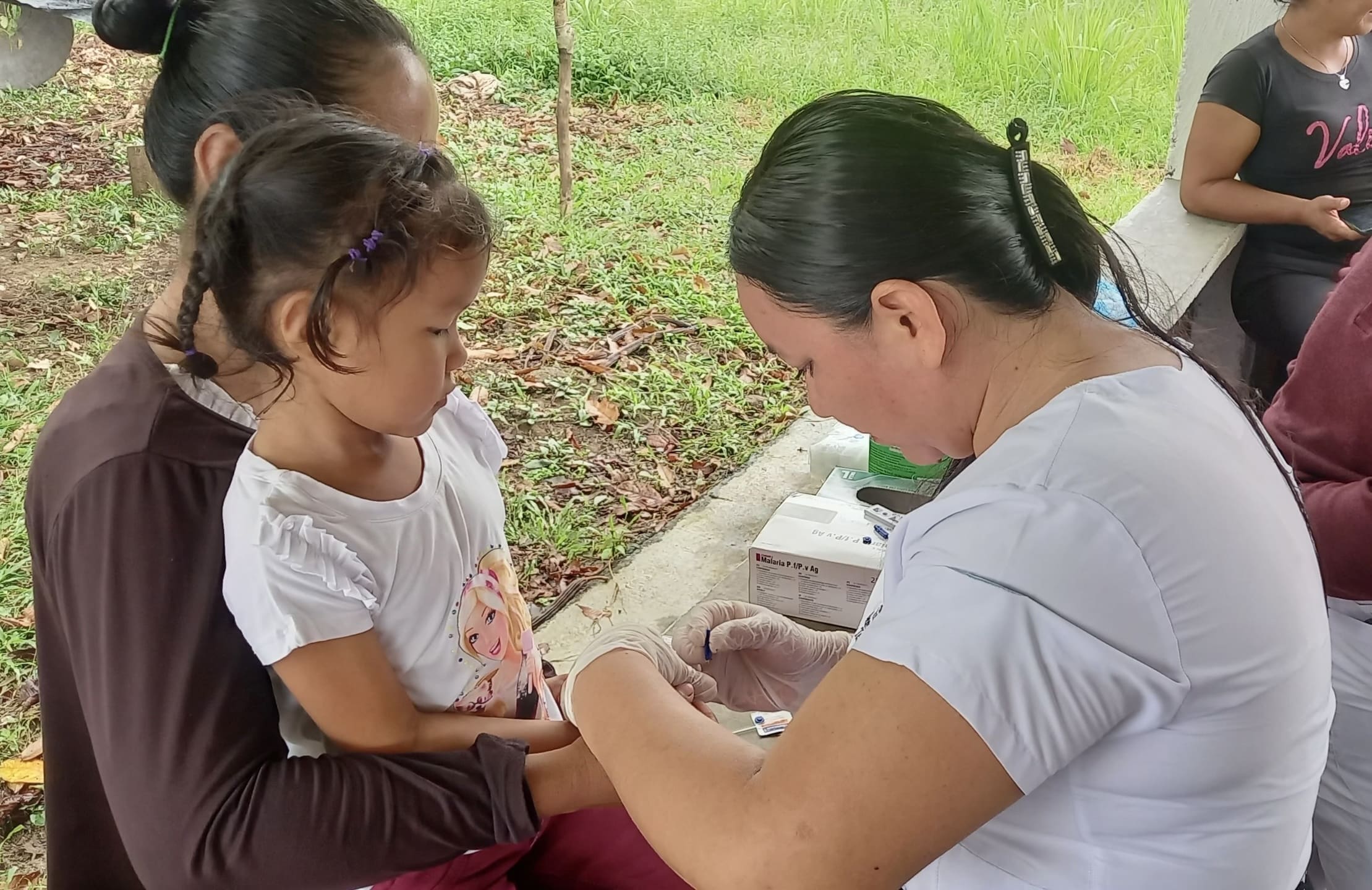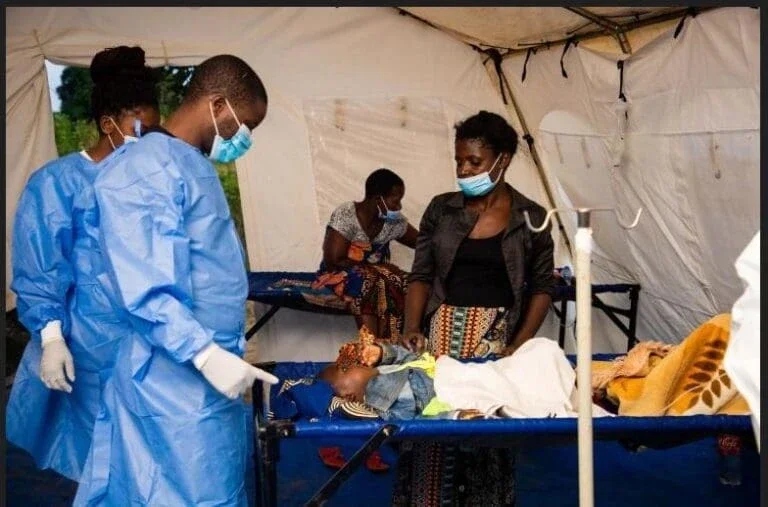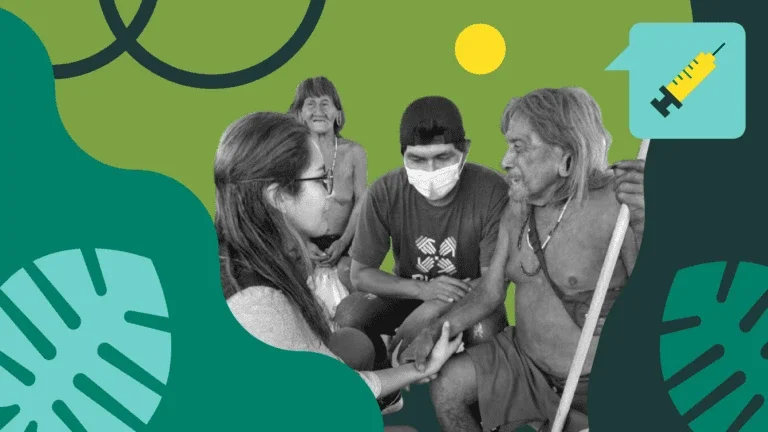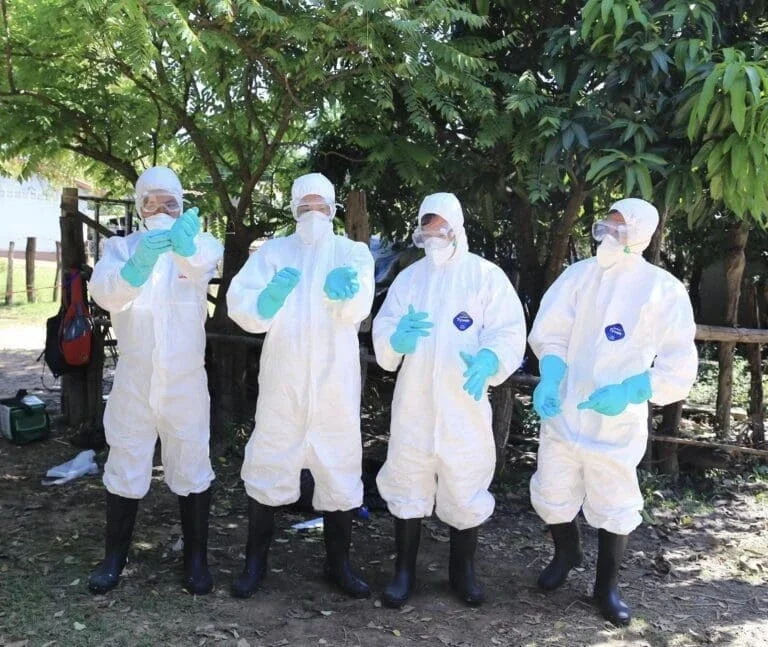But climate change is destabilizing the region’s health systems, making Joinama’s work more difficult.
Climate change adaptation to protect and improve people’s health requires us to work across sectors and cultures.
Emilia CarreraDirector, HealthThe Rockefeller Foundation
More than 30 million people live in the Amazon region, speaking about 300 different languages. Key health concerns include mosquito-borne diseases such as malaria, dengue, and yellow fever, and health issues caused by industrial pollution and deforestation.
Catuche points to an emerging hardier breed of mosquito as an example of climate-linked health threats.
A 2023 study in the Putumayo region where Puerto Leguizamo is located showed the mosquito incubation period had shrunk from 15 to a mere five days, he said.
Additionally, mosquitos – considered by public health officials to be the “most dangerous animal on earth” because of the number of diseases they can carry – have grown resistant to pesticides.
On top of that, deforestation means they reside closer to the ground – and people, Catuche said. Breeding grounds also have increased due to trash tossed on the ground that collects rainwater. All this means mosquito-borne diseases are expanding their geographic reach and appearing more frequently in once-exempt areas.
Marrying Vaccines and “Bad Wind”
About 40 percent of the world’s pharmaceuticals are drawn from plants and from traditional knowledge, according to the World Health Organization. Back in 2008, WHO member states recognized the role of traditional medicine in improving public health, and supported its integration into national health systems.
Still, that integration remains slow. The marriage between Indigenous and Western medicine is not without its complications.
For example, some health issues treated by Joinama and others have no easy translation to Western medicine.
Consider “bad wind,” which can cause fever, headaches, and fear. Or “ice from the dead,” which often occurs to survivors of violence or natural disaster, and can cause chills, purple lips, and droopiness. Or “the bad hour,” when the soul separates from the body and the patient suffers from depression.
These conditions are widely recognized in Putumayo, but “Western medicine has no answer for these imbalances,” Catuche said.
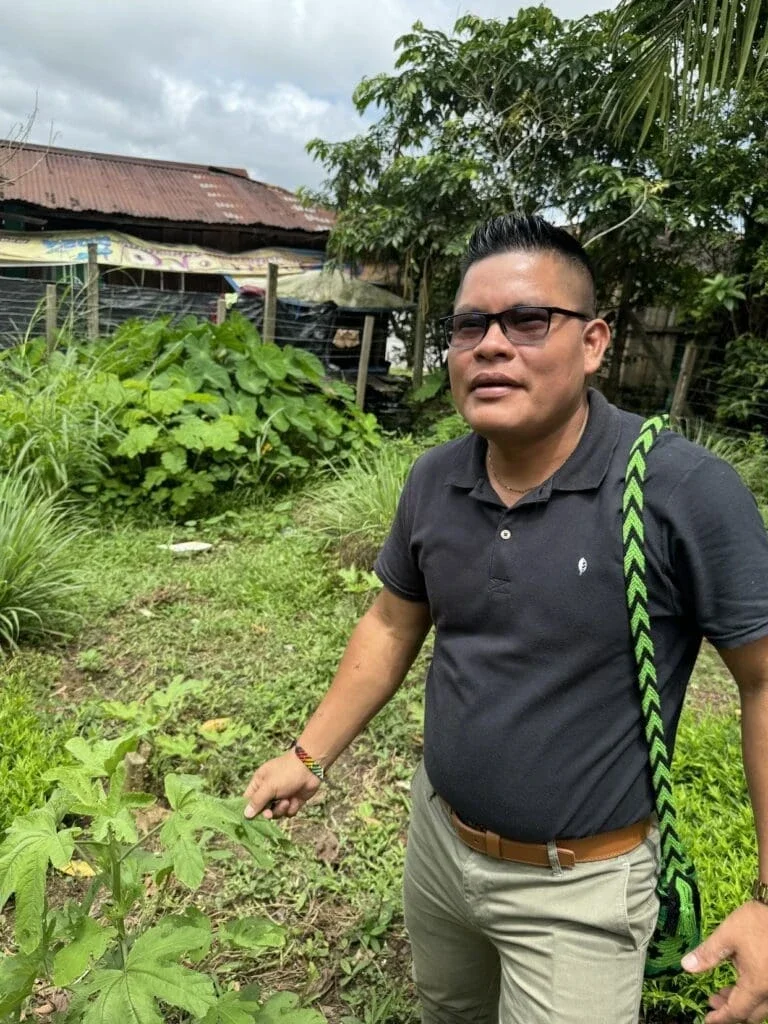
“You have to treat these or they could be deadly,” Joinama said. “But you can’t treat them with just a pill. It goes deeper than that.”
Indigenous healers also believe the plants are not enough on their own; the healer must be prepared through spiritual practices, in particular the ingestion of mambe, which is a powder made primarily of coca, and ashes from the dried leaves of a tree known locally as yarumo, with the scientific name Cecropia Peltata.
When the healer is prepared, healing comes through “a breath, a bath, or an infusion,” aided by the plants of the Amazon, said Joinama, who named coca, tobacco, and yucca as three key medicinal plants that are the basis of traditional medicine for the Murui Muina people and important to their cultural identity.
More in this Matter of Impact Edition
Data Sounds the Alarm; Community Drives the Solution
Data collection, digitization, and analysis in far-flung locations means public health interventions are based on fact, not opinion -- critical as climate change challenges health systems.
read morePeriodic Table of Food Lays the Ground for a Health Revolution
The Periodic Table of Food Initiative will revolutionize health and nutrition by bridging the knowledge gap in food biomolecules.
read more